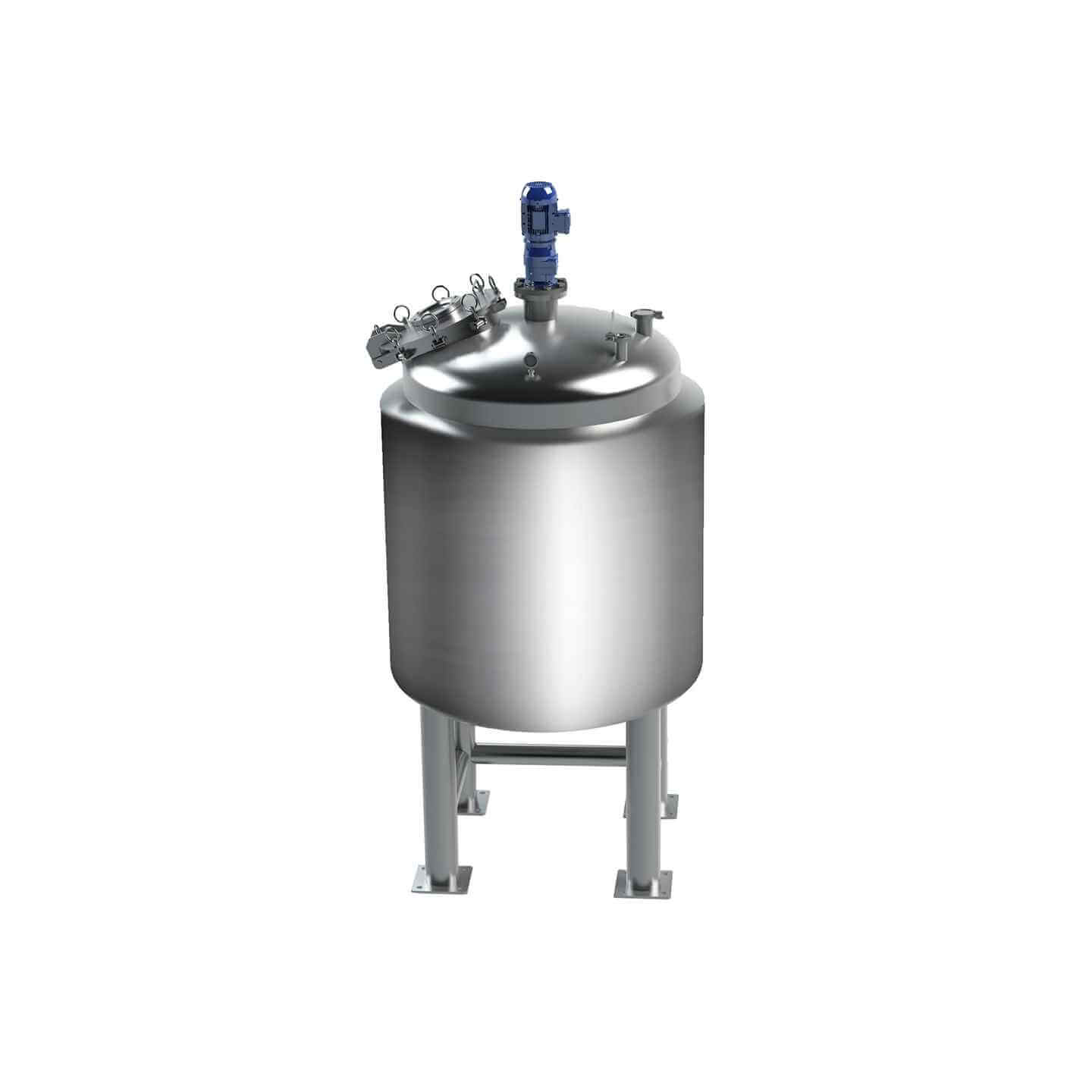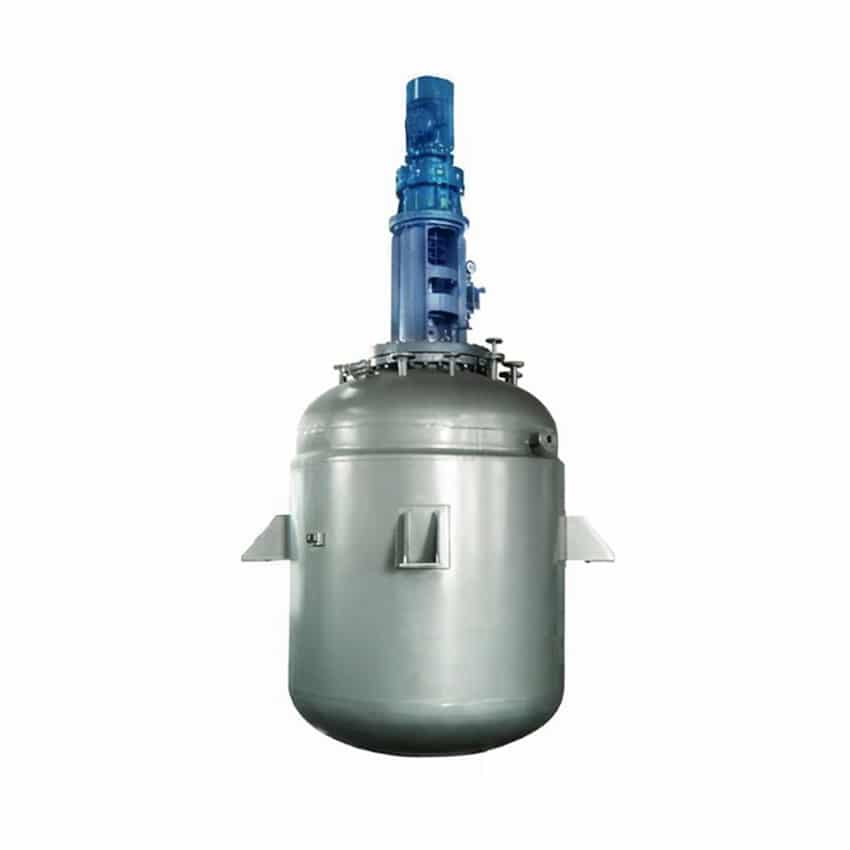

Jacketed Reactor
Jacketed reactor: used in the chemical industry, pharmaceutical industry and food industry, and other fields
Material
glass, stainless steel (316, 304), carbon steel, others
Capacity (L)
10-10000+
Mixing system
anchor, paddle, frame and others
Heating system
electric heating, oil heating and others
Jacketed reactors can be divided into steam heating reactors and heat transfer oil heating reactors according to different heating media, both of which are widely used in medicine, the chemical industry, plastics, rubber, building materials, food, and other industries. Corrosion, no environmental pollution, no need for automatic boiler heating, ease to use, and so on.
Request a quoteThe jacketed reactor is mainly composed of a stirring vessel (including a tank and a jacket), a stirring device, a transmission device, a shaft sealing device, support, a manhole, a process connection, and some accessories. Most of them are medium and low-pressure vessels. The stirring device consists of a stirrer and a stirring shaft. The stirring form is usually determined by the process design, such as anchor type, paddle type, worm gear type, propeller type, or frame type.

The transmission device is set up to drive the stirring device, and is mainly composed of a motor, a reducer, a coupling, and a transmission shaft;
The number of openings, specifications, or other requirements of the jacketed reactor can be designed and manufactured according to user requirements.
Jacketed reactors are generally classified according to the form of jacket heating, which is divided into electric heating rod heating, steam heating, and thermal oil circulating heating reactors.
① The electric heating reaction kettle heats the heat-conducting oil through the electric heating rod and uses the heat-conducting oil as the medium to transfer heat to the materials in the kettle.
② The steam heating reaction kettle is heated by filling the jacket with steam, and a boiler needs to be added. The hardware investment is slightly larger, but the energy consumption in the branch is smaller than that of the electric heating jacket reaction kettle.
③ Heat transfer oil circulation heating The reaction kettle mainly realizes heat transfer or cooling of heat transfer oil circulation through the coils in the jacket.
That is, the coil type reactor: uses the coil to circulate the heat transfer oil to achieve heating or cooling. According to the position of the coil in the kettle body, it is divided into an inner coil type jacketed reaction kettle and an outer coil type jacketed reaction kettle.
Inner coil type: The heat conduction speed is fast, but the inner wall of the kettle is easy to scale and difficult to clean.
External coil type: The heat conduction speed is slower than that of the inner coil type jacketed reactor, but the inner wall of the jacketed reactor is flat and easy to clean, so it is used more.
The structure of the jacketed reactor
On the outside of the kettle body, various shapes of outer casings are arranged by welding or flange connection to form a closed space with the outer surface of the kettle body. The temperature is within the specified range, and this structure is called a jacket.
The working principle of the jacketed reactor
Under certain pressure and temperature, a certain volume of two or more liquids and liquids and solid or gas materials are mixed with the aid of a stirrer to promote their reaction. The jacket on the kettle body is mainly used for heating and cooling modules.
A Jacketed reactor with stirring is one of the commonly used reaction equipment in fine chemicals, coatings, hot melt adhesives, medicine, and food industries.




